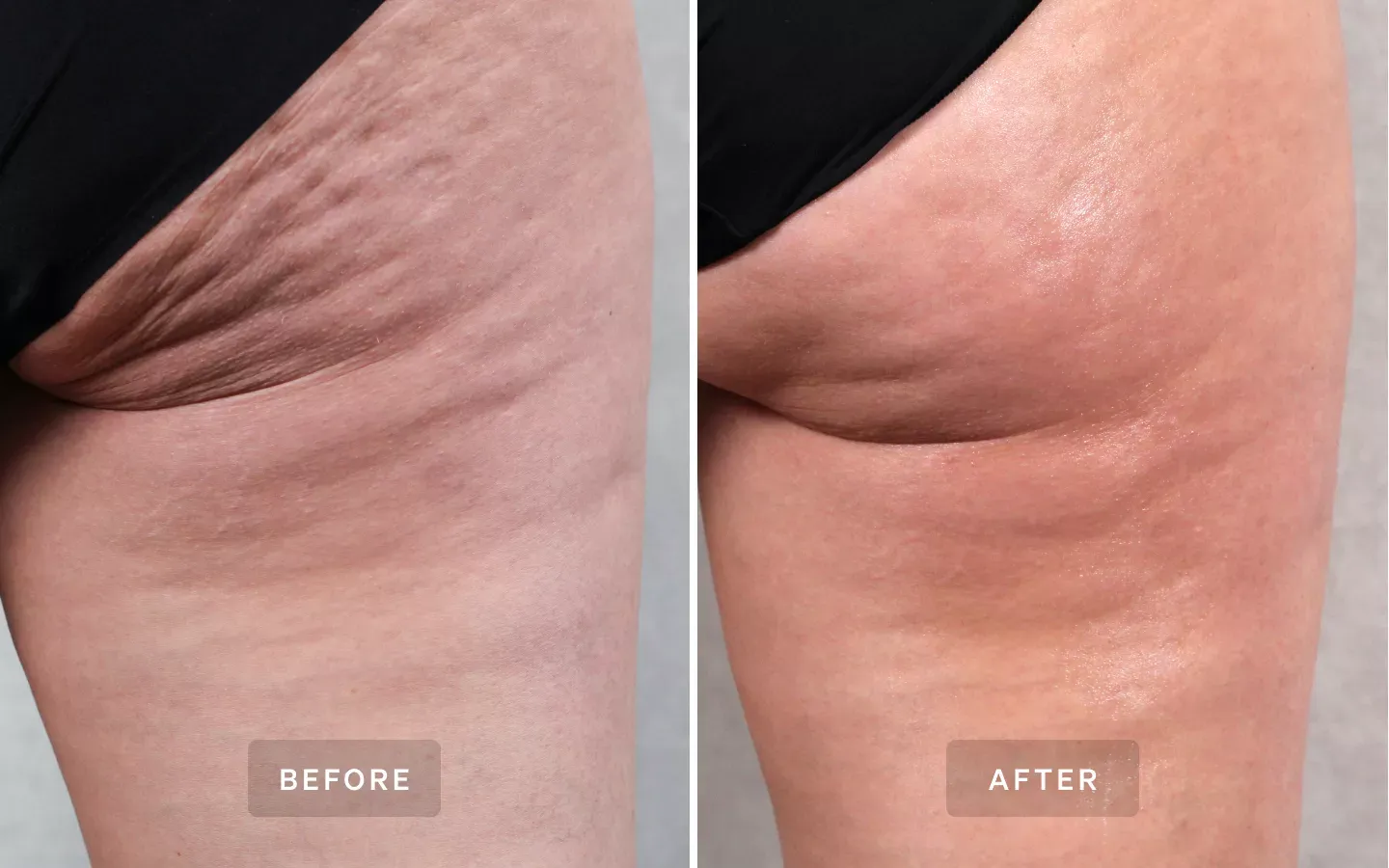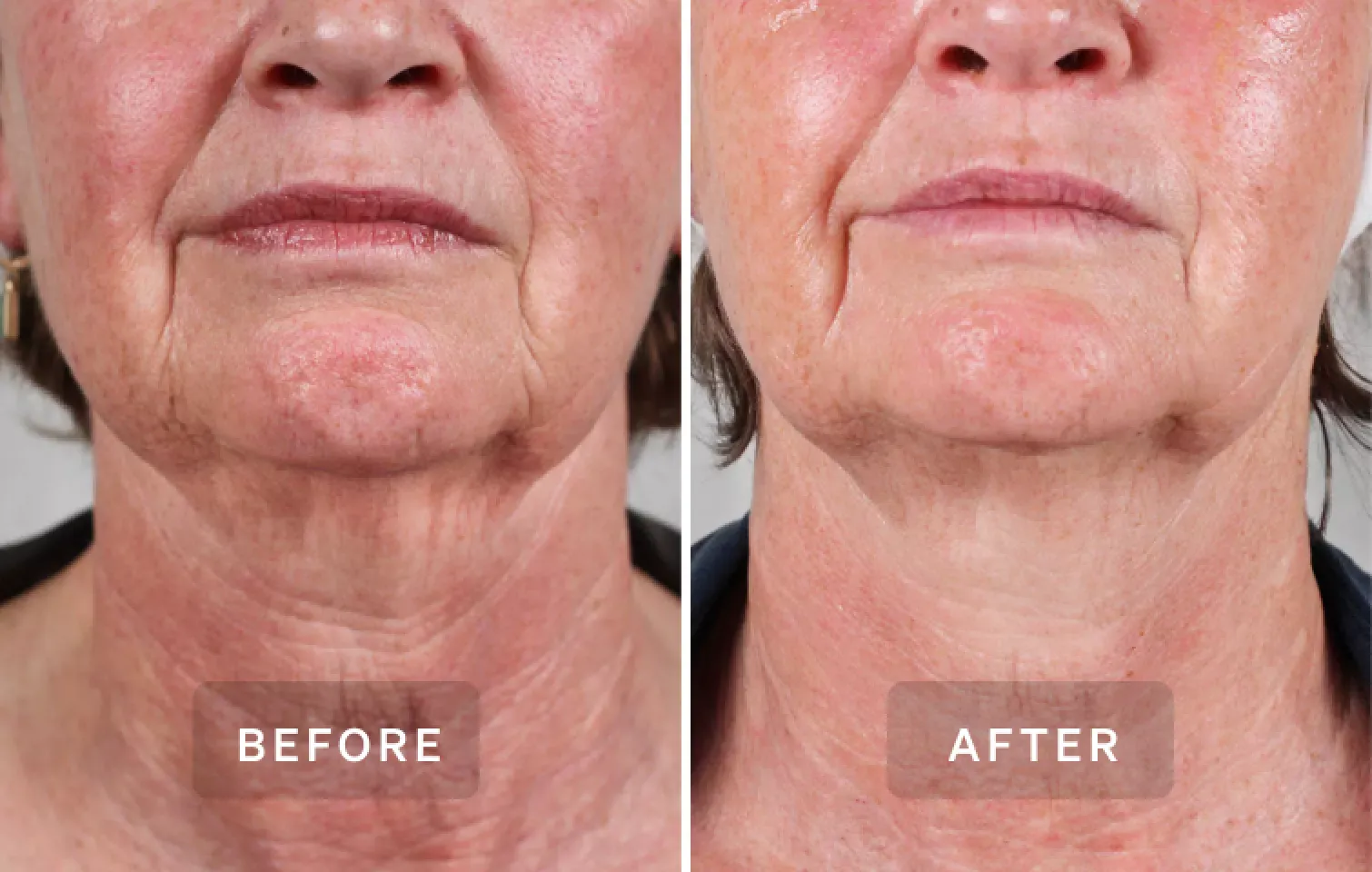The quest
for better.
Sign up to our mailing list to discover the future of beauty and wellness.
4 Minute ReadEducation by David Levesley
29.04.22 (Updated 09.03.23)
The LYMA Laser has been proven to have a positive effect on contouring cellulite. But some customers have asked us: could the Laser affect areas of the body where I want to maintain plumpness? The experts tell us: no. If you want a next generation beauty device that can truly do it all, buy the LYMA Lasers here.
Photobiomodulation is a complex beast, but it's also incredibly powerful: that's why we want to offer it to you in the form of the world's first at-home Low Level therapy Laser. In the past we've spoken about how the Laser - among many other benefits - can help to sculpt and contour parts of the body affected by cellulite. But that also presents a very interesting counterpoint: if it can remove the fat on some parts of my body that I might want to eradicate, will it do the same to parts of your body, like the face, where you don't want to lose plumpness?
The short answer? No, it won't. The long answer? Read on below, documented in fantastic detail by leading craniofacial and plastic surgeon Dr Graeme Glass.

Facial ageing is a much more complex process than simply the loss of fat volume, although this does play a part. Ageing results in loss of stiffness of the skin through the loss of dermal collagen and the molecules within the dermis that hold water. Bone and fat within the fat pads of the face demonstrate reduced volume with age but more than just fat depletion, the skin network also becomes less vascular. There is no evidence that the Laser accelerates this natural process. On the contrary, there is evidence to suggest it switches on some of the signals that cause tissue regeneration and repair, which are the opposite signals to those that bring about tissue ageing.
When we look at cosmetic interventions to increase facial volume - such as the injection of fillers - the Laser can in fact benefit the results you're achieving from dermal fillers too.
It is important to understand that the fat of the facial fat pads behaves in a very different way to the highly metabolically active subcutaneous “white” fat that is a tissue of energy storage. While laser-induced release of stored fat products in the engorged “white” fat cells has been demonstrated, it should be clear that the loss of this fat is not associated with facial ageing but rather with facial definition. In other word this is the fat that is removed during facial rejuvenation surgery to enhance the contours of the face and neck.
Therefore, that the use of the Laser might improve facial definition without causing facial ageing.
In different parts of the body, fat behaves in different ways.
There is evidence hypertrophied fat cells (fat cells enlarged by fat storage) release their stored fat when stimulated by the Laser. These are the fat cells found in storage sites such as the thighs and around the abdomen.
Under the influence of the Laser, in these zones, engorged fat cells develop holes (pores) through which the stored fat products leak and are then filtered out of the spaces between cells by something called the lymphatic system and, ultimately back into circulation.
However, there’s absolutely no evidence that the Laser damages healthy fat cells or causes fat cells that are not enlarged by fat storage to shrink.
The term cellulite is used to denote the dimpling pattern produced by subcutaneous fat in areas with dense fibrous attachments between the dermis and underlying tissues. As the fat cells in these regions become larger with stored fat deposits, the areas between the fibrous attachments bulge. This effect is like that of a Chesterfield sofa.
Evidence suggests that red/near infrared laser light causes the formation of something called transitory pores in the fat cell membranes and the purging of stored fat products through these pores. This is especially true for the portion of subcutaneous fat that specialises in fat storage - in women this includes the hips and thighs, and the lower abdomen in men. So it is the fat cells that are important, not the dimpled appearance that we happen to call cellulite.

There is no clear evidence on this. What we do know is that fat within the fat pads of the face behaves differently to the highly metabolically active fat that specialises in storing energy in the form of lipids found at the abdomen, hips, thigh and buttocks.
By contrast, the sub-muscular fat pads of the face pay important roles in the cushioning of blood vessels and nerves as well as providing support for the muscles of facial expression. They are not predominantly instruments of fat storage and therefore they are most likely not affected by laser light in the same way.